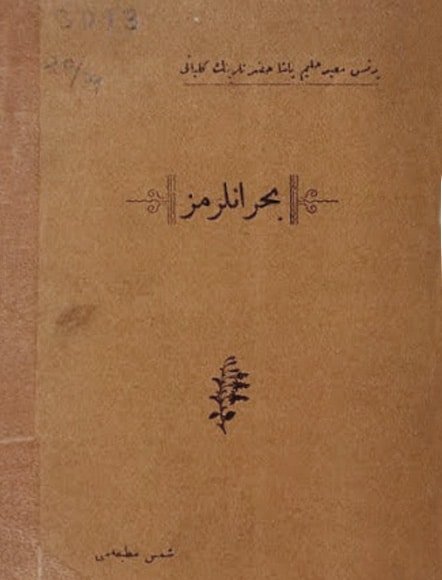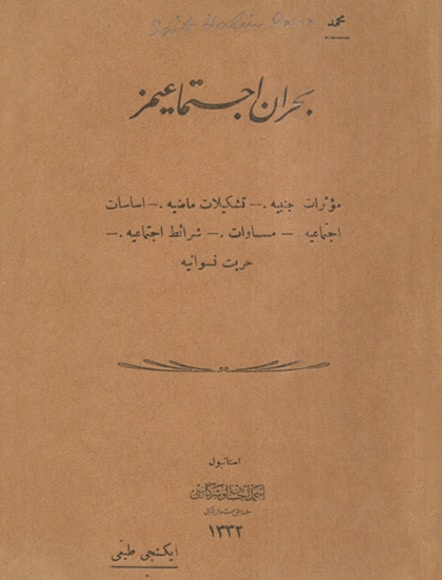Sait Halim Pasha (1863-1921)
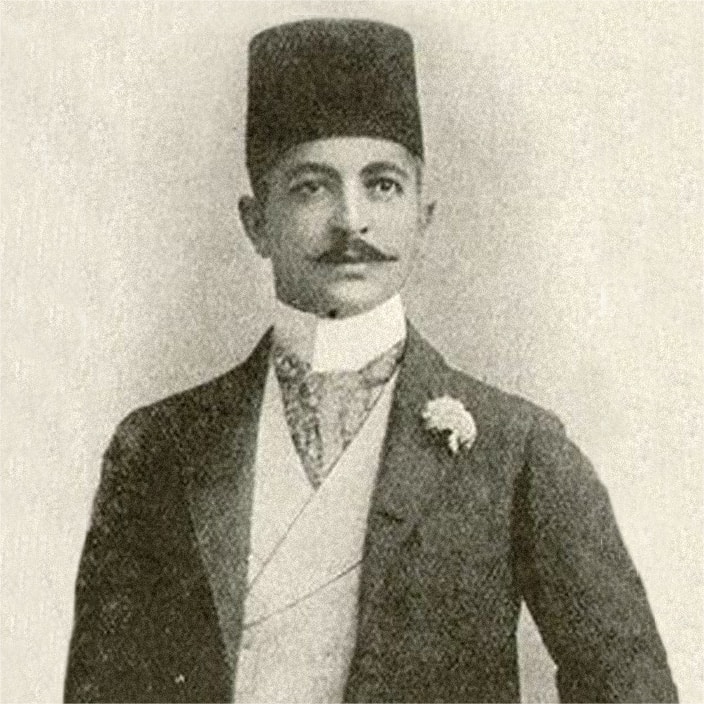
"From afar, Sait Halim Pasha appeared in his elegant and delicate three-oared mahogany boat, adorned with gilded branch motifs...
At that time, he was not yet preoccupied with politics; instead of steering the state vessel, he managed his own three-oared boat, and how beautifully and gracefully he did so! With his red fez, the plastron around his neck, the white
gardenia that was never absent from the lapel of his gray morning coat, his white gloves, white gaiters, and his ever-present cigarette, this grandson of Mehmed Ali was an elegant artist, a stylish socialite, and a true Muslim gentleman."
His Life
Sait Halim Pasha, a member of the wealthy Kavalalı dynasty, is the grandson of Mehmet Ali Pasha, the Governor of Egypt, and the eldest son of Prince Halim Pasha. He was born in Cairo in 1863. He received his primary and secondary
education from private tutors in Cairo, learning Arabic, Persian, English, and French. For higher education, he went to Switzerland and studied political science at Lausanne University.
After completing his education, he moved to Istanbul and began his career in the Ottoman Empire. At the age of 50, he became Grand Vizier in 1913, resigned from this position in 1917, and passed away in 1921 at the age of 58.
Sait Halim Pasha had two sons from his marriage to Princess Emine. His elder son is Prince Halim Sait, and his younger son is Prince Ömer Sait. Their mother, Princess Emine, is the daughter of Mehmet Dursun Pasha, a former governor of Hejaz and one of the sons of Kavalalı Mehmet Ali Pasha.

Political Career
After graduating from the Faculty of Political Science at Lausanne University, Sait Halim Pasha began his career in the Ottoman Empire. In 1888, he became a member of the State Council with the rank of Mîr-i Mîran and received the Mescîdî medal. He was awarded the II. and I. Osmânî medals in 1889 and 1892 respectively, the Murassa Mescîdî medal in 1899, and the title of Beylerbeyi of Rumelia in 1900.
During the reign of Sultan II. Abdülhamit, Pasha traveled to Egypt and Europe, playing a role in the Young Turks movement. He returned to Istanbul upon the declaration of the Second Constitutional Era in 1908. In the same year, he was removed from his position as a member of the State Council, but was appointed as the head of the Yeniköy district in the municipal general elections. He served as the second vice president of the Municipal Society and joined the Senate (Âyân Meclisi) in 1908.
In 1912, he was appointed president of the State Council. When he stepped down from this position, he was elected as the general secretary of the Committee of Union and Progress. During Mahmut Şevket Pasha's premiership, he was appointed president of the State Council for the second time in 1913, and three days later became the Minister of Foreign Affairs. After Mahmut Şevket Pasha was assassinated, he was appointed as the deputy prime minister (“sadaret kaymakamlığı”) in 1913 with the rank of vizier. He served as Grand Vizier from June 11, 1913, to February 14, 1917. In September 1913, he was honored with the İmtiyaz Medal by the Sultan for his service in signing a peace agreement with the Bulgarians regarding the retention of Edirne in the Ottoman Empire, with the Meriç River as the border.
During the process of the Ottoman Empire's entry into World War I in 1914 due to the violation of its neutrality, the alliance agreement with Germany's ambassador Wangenheim was signed at Sait Halim Pasha's mansion in Yeniköy. He resigned from the Ministry of Foreign Affairs in 1915 and stepped down from the prime ministry in 1917. Despite leaving his position on February 3, 1917, he was exiled to Malta in March 1919 along with some cabinet members. After being released, he settled in Rome, where he was fatally attacked by an Armenian assassin on Tuesday, December 6, 1921. His body was brought to Istanbul and, on December 30, 1921, was taken from his mansion in Yeniköy and buried in a grand ceremony in the garden of Sultan Mahmut Tomb.
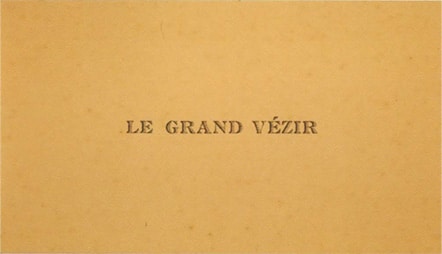
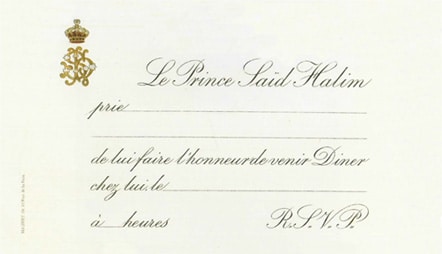
Thinker and Artistic Personality
Sait Halim Pasha was a significant thinker who contributed to the development of modern Islamic thought in Turkey. His book titled "Our Crises," published in 1919, consists of seven essays: "Constitutionalism," "Our Imitations," "Our Social Crisis," "Our Intellectual Crisis," "Prejudice," "An Experience of Writing on the Decline of Islam," and "Islamization." Other known works of Pasha include "Political Organization in Islam," "Letters," "Our Political Crisis," and "The Reform of Muslim Society."
Sait Halim Pasha also had a deep family connection to music. Giuseppe Verdi's famous opera Aida was commissioned by his uncle, Khedive Ismail Pasha of Egypt. Sait Halim Pasha himself played the oud and piano, while his father played the tambur. His elder son, Prince Halim Bey, played the tambur, kemenche, and cello, while his younger son, Prince Ömer Bey, also played the oud. The family often hosted musical gatherings at their mansion, which became a hub for prominent musicians of the time.
Pasha also had a familial interest in music. The famous opera "Aida" by Verdi was commissioned by his uncle, Ismail Pasha, the Khedive of Egypt. Sait Halim Pasha's father played the tambour, while he himself played the oud and piano. His eldest son, Prince Halim Bey, played the tambour, “kemençe”, and cello, and his younger son, Prince Ömer Bey, played the oud. Prominent figures in the music world would hold musical gatherings at the mansion with Pasha and his children. Sait Halim Pasha, who contributed to Turkish music and wrestling, also had an interest in photography.
